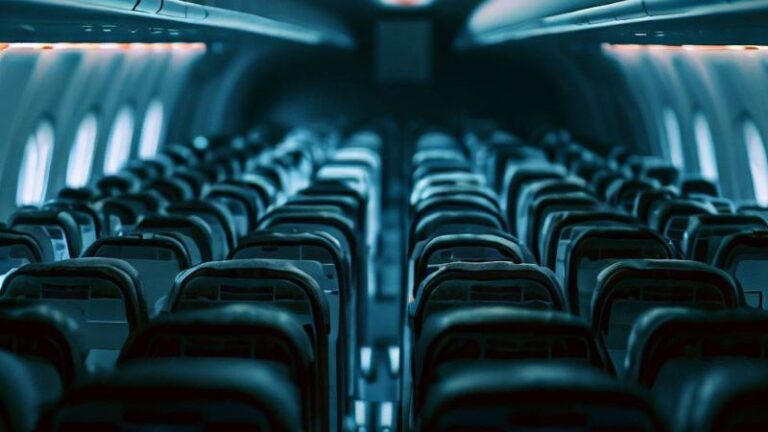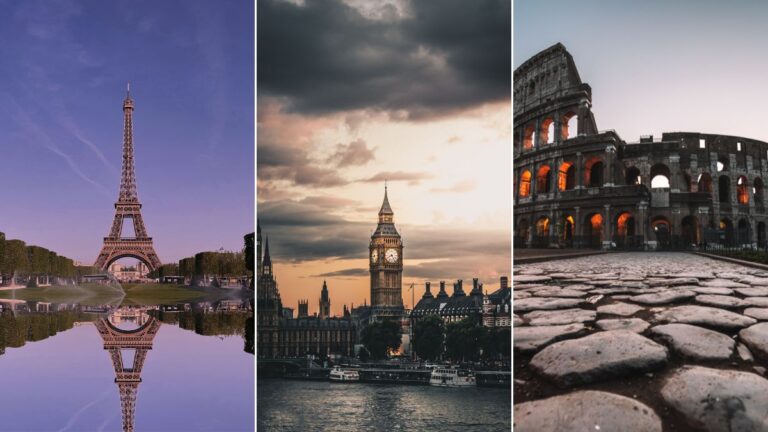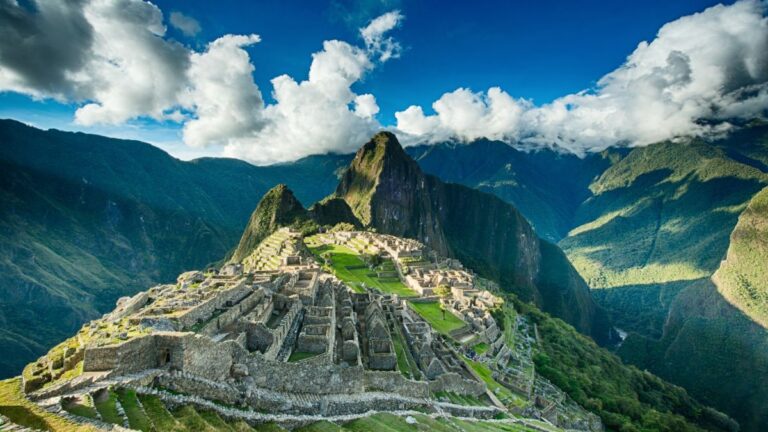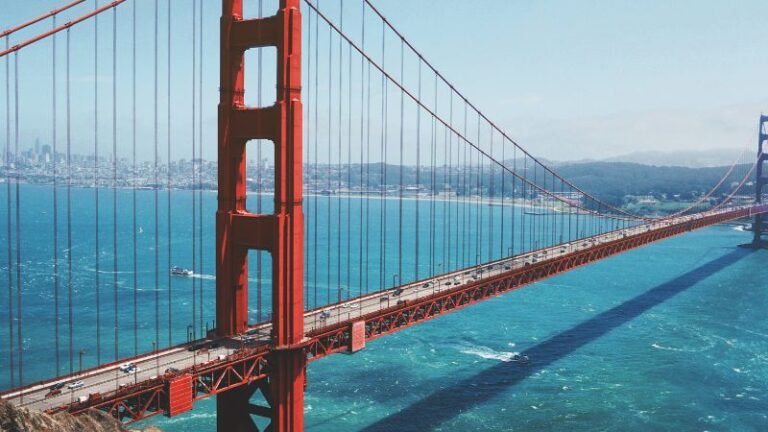Worst Time to Visit Malaysia: Navigating Monsoon Season and High Humidity
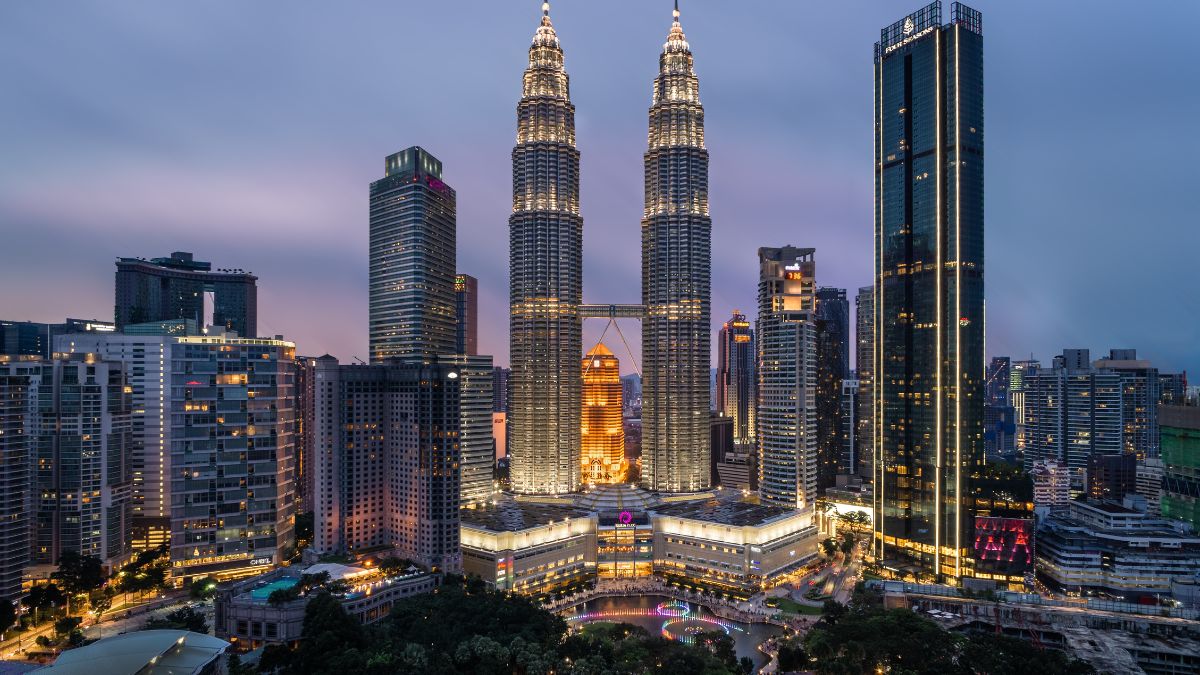
As participants in Amazon Associates and other programs, we earn from qualifying purchases. This comes at no additional cost to you. For more details, see our Affiliate Disclosure.
Exploring the cultural diversity, natural splendor, and culinary delights of Malaysia is an enthralling experience, but timing is key to fully appreciate this Southeast Asian gem. While its tropical climate lends itself to year-round warmth, it also brings bouts of heavy rainfall and high humidity, factors which could dramatically influence your travel experience.
This article will guide you through the intricacies of Malaysia’s weather patterns, detailing the least favorable times to visit due to monsoon seasons and high humidity.
Understanding Malaysia’s Climate: The Big Picture
Malaysia’s climate is classified as equatorial, characterized by high temperatures and humidity levels throughout the year, along with abundant rainfall. Being situated close to the Equator, Malaysia experiences relatively stable weather with temperatures generally ranging from 77°F to 95°F (25°C to 35°C). This tropical environment is ideal for a rich diversity of plant and animal life, making Malaysia a haven for nature enthusiasts.
However, the country’s climate is also punctuated by two distinct monsoon seasons, which affect different parts of the country at different times of the year. The Southwest Monsoon typically runs from May to September, affecting the western coast of Peninsular Malaysia, while the Northeast Monsoon, often more severe, occurs between November and March, primarily impacting the eastern coast of Peninsular Malaysia and Borneo.
Aside from these monsoon seasons, Malaysia also experiences inter-monsoon periods characterized by afternoon thunderstorms, but these are often brief and provide a refreshing change from the otherwise high heat.
In terms of humidity, it is relatively high throughout the year, often reaching 80% during the day. These factors, while creating a thriving biodiversity, can pose challenges for travelers unaccustomed to such conditions. In the following sections, we’ll explore in greater detail the specifics of Malaysia’s monsoon seasons and high humidity, and their implications for travel planning.
The Impact of Monsoon Seasons on Malaysia’s Weather
The monsoon seasons in Malaysia are significant climatic events that can have a dramatic impact on the country’s weather, significantly affecting both local life and travel plans. They are characterized by heavy, relentless rainfall, often accompanied by strong winds, leading to rough seas and, in extreme cases, flooding.
Southwest Monsoon
This monsoon season, running from May to September, influences the weather on the western coast of Peninsular Malaysia. The weather during this period is relatively mild with less rainfall compared to the Northeast Monsoon.
It brings a mix of sunshine and short, heavy bursts of rain, mostly in the late afternoon and evening. The west coast destinations like Penang and Langkawi may witness more rainfall during this period, but it is generally not disruptive enough to impact travel significantly.
Northeast Monsoon
From November to March, the Northeast Monsoon takes hold, primarily affecting the eastern coast of Peninsular Malaysia and the northern region of Borneo. This monsoon is typically more severe, bringing heavy rainfall, especially in December and January. This can lead to widespread flooding, particularly in the low-lying areas.
Many resorts on the east coast of Peninsular Malaysia close during this time due to the adverse weather conditions. Additionally, the sea becomes rough, making it unsafe for marine activities such as diving and island-hopping.
The monsoon seasons greatly influence the country’s landscapes, replenishing rivers, greening landscapes, and contributing to the growth of the rich tropical flora. However, they also create conditions that can be challenging for tourism. Despite this, with careful planning and awareness of the weather patterns, it’s possible to have a rewarding visit to Malaysia during these times.
The West Coast Monsoon: What to Expect
The West Coast Monsoon, also known as the Southwest Monsoon, affects Malaysia from May to September, with the highest rainfall typically occurring between June and August. This season predominantly impacts the western coast of Peninsular Malaysia, including popular destinations such as Kuala Lumpur, Penang, and Langkawi.
What to Expect: Compared to the Northeast Monsoon, the Southwest Monsoon is generally milder. The rain typically falls in shorter bursts, often in the late afternoon or evening, leaving the rest of the day largely dry and sunny. As a result, many outdoor activities can still be enjoyed during this period, especially if they are scheduled for the morning hours.
However, it’s important for visitors to be prepared for sudden downpours, which can sometimes be quite heavy. This can lead to temporary flooding in urban areas and make driving conditions challenging due to reduced visibility and wet roads.
The sea can also become moderately rough during this time, particularly in the Strait of Malacca. While it doesn’t usually disrupt ferry services, it can occasionally lead to cancellations or delays. If you’re planning any sea-based activities, it’s a good idea to check the weather forecast and local advisories in advance.
Despite the challenges presented by the Southwest Monsoon, the period is far from a complete washout. In fact, the rain often provides a refreshing relief from the heat, and the landscape becomes particularly lush and green. The monsoon season can also be a great time to explore Malaysia’s vibrant cities and cultural sites, many of which are unaffected by the rain. Just remember to pack a raincoat or umbrella and be prepared for some changes in your itinerary.
The East Coast Monsoon: Timing and Challenges
The Northeast Monsoon, also known as the East Coast Monsoon, typically arrives between November and March. This season is often associated with the heaviest rainfall of the year, particularly affecting the eastern coast of Peninsular Malaysia and the northeastern part of Borneo.
Timing: The Northeast Monsoon typically begins in early November and lasts until late March. The peak of this season, marked by the most intense rainfall, usually occurs in December and January. These months often witness almost daily downpours, usually in the late afternoon or evening, though sometimes the rain can last all day.
Challenges: This monsoon presents a range of challenges, particularly for travelers. The heavy rain can cause severe flooding, particularly in low-lying and rural areas. This can result in road closures, making travel difficult and, in some cases, unsafe.
Moreover, the rough seas during this period make many water-based activities, like swimming, snorkeling, and diving, hazardous. Ferry services and island-hopping tours are often suspended due to unsafe conditions. In fact, many of the resorts in popular destinations like the Perhentian Islands, Redang Island, and Tioman Island close during these months to ensure the safety of visitors.
Despite these challenges, the Northeast Monsoon also brings a unique beauty to Malaysia. The heavy rains transform the landscapes into lush, vibrant green, and the cool weather can offer a refreshing respite from the usual heat. With careful planning and a flexible itinerary, it’s still possible to enjoy the beauty of Malaysia during this season. However, travelers should be prepared for sudden changes in weather and plan their activities accordingly.
Navigating High Humidity in Malaysia: Health and Comfort Concerns
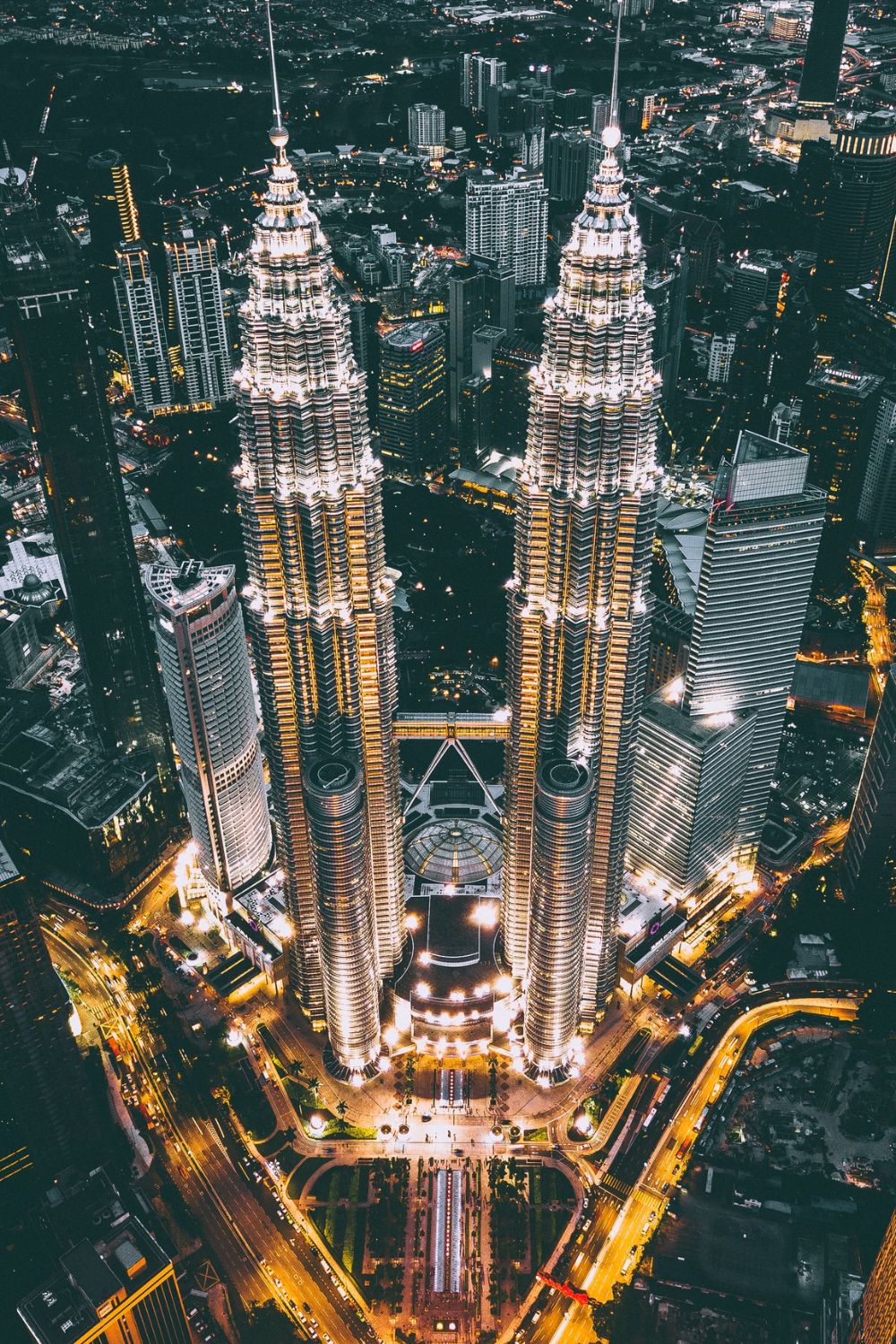
As a tropical country, Malaysia experiences high humidity levels year-round, often reaching upwards of 80% during the day. While this helps maintain the country’s lush greenery and rich biodiversity, it can pose some discomfort and health concerns for visitors unaccustomed to such conditions.
Health Concerns: High humidity can lead to increased sweating, which may not evaporate efficiently, causing the body to feel hotter than it actually is. This could result in heat-related illnesses such as heat exhaustion or heat stroke, particularly during strenuous activities like hiking or sightseeing in the sun. It’s crucial to stay well-hydrated and take regular breaks to cool down.
Furthermore, high humidity can exacerbate certain health conditions, such as asthma and other respiratory issues, as it can make the air feel heavy and breathing more difficult. Those with such conditions should take appropriate precautions, such as carrying necessary medications and avoiding strenuous outdoor activities.
Comfort Concerns: Humidity can also impact overall comfort levels. Clothes might feel sticky and damp, and you might feel a general sense of heaviness or lethargy. It’s advisable to wear light, breathable clothing and keep your outdoor activities for cooler parts of the day, like early morning or late afternoon.
In addition, high humidity can invite more mosquitoes and other insects, increasing the risk of insect-borne diseases like dengue fever. Therefore, it’s essential to use insect repellent and wear protective clothing, particularly in rural or forested areas.
Traveling in high humidity conditions might feel overwhelming initially, but with adequate preparation and a flexible attitude, you can navigate these challenges effectively and enjoy what Malaysia has to offer.
The Hottest and Most Humid Months in Malaysia
While Malaysia’s temperatures remain fairly consistent throughout the year due to its equatorial location, there are some periods that tend to be hotter and more humid than others.
The hottest months in Malaysia are typically between March and September, with temperatures sometimes reaching up to 95°F (35°C) during the day. However, these are also the months with lower rainfall on both coasts of the peninsula, especially March to May, which can result in even higher perceived temperatures due to the lack of cooling rain.
As for humidity, it is consistently high throughout the year in Malaysia, often exceeding 80% during the day. However, it can feel more intense during the monsoon seasons, specifically the Northeast Monsoon (November to March) on the east coast and the Southwest Monsoon (May to September) on the west coast. These seasons are marked by heavy rainfall, which can increase the moisture content in the air, making the environment feel even more humid.
Despite these conditions, life in Malaysia continues to thrive and function, with locals and long-term residents adapting to the heat and humidity. Air conditioning is common in urban areas and public transportation, providing respite from the heat. For travelers, it is recommended to stay hydrated, wear light and breathable clothing, and plan strenuous outdoor activities for cooler parts of the day to comfortably navigate the country’s tropical climate.
How Weather Patterns Influence Popular Tourist Destinations
The weather patterns in Malaysia, particularly the monsoon seasons and high humidity, can have a significant impact on the country’s popular tourist destinations, affecting not only the overall experience but also the availability and safety of certain activities.
Kuala Lumpur: As the capital city, Kuala Lumpur is a bustling metropolis that remains a vibrant destination year-round. The city experiences rainfall throughout the year, with heavier downpours during the Southwest Monsoon (May to September). Despite this, the rain is often brief, and city-based activities, like visiting the Petronas Towers or exploring various museums and shopping centers, are largely unaffected.
Penang: Located on the west coast, Penang experiences the Southwest Monsoon. Rainfall can be heavier during this time, but like Kuala Lumpur, it often occurs in the afternoon or evening, leaving the mornings typically dry for sightseeing. The Georgetown area, with its rich cultural heritage, and the indoor attractions remain open and attractive to tourists.
Langkawi: Also on the west coast, Langkawi can have quite a bit of rainfall during the Southwest Monsoon. However, the rains are usually short-lived, and beach activities can still be enjoyed. Cable car rides or jungle trekking may be affected by heavy rainfall, so it’s always a good idea to check the weather forecast.
East Coast Destinations (Perhentian Islands, Redang, Tioman): These popular islands are directly affected by the Northeast Monsoon (November to March), with heavy rains and rough seas often leading to the closure of resorts and disruption of ferry services. These areas are best visited outside the monsoon season, from March to October, when the weather is more conducive to outdoor activities like diving and snorkeling.
Borneo (Sabah & Sarawak): The weather on the island of Borneo can be quite variable, with the Northeast Monsoon bringing heavy rain to the coastal and lowland areas between November and February. Despite this, many inland attractions, such as national parks and wildlife centers, remain accessible. Mount Kinabalu in Sabah, a popular trekking destination, can be climbed year-round, but trekkers should be prepared for the possibility of rain.
Understanding these weather patterns and their influence on each destination can help travelers plan their itinerary and manage expectations, ensuring a memorable and enjoyable visit to Malaysia, regardless of the season.
Practical Tips: Surviving Monsoons and High Humidity in Malaysia
While Malaysia’s monsoons and high humidity can be challenging for unaccustomed visitors, with a bit of preparation and some practical tips, these conditions can be managed effectively to ensure a pleasant travel experience.
- Stay Hydrated: High humidity can lead to significant fluid loss through sweating, so it’s important to drink plenty of water throughout the day to stay hydrated. This is especially crucial when engaging in outdoor activities.
- Dress Appropriately: Wear light, loose-fitting clothing made of breathable fabric like cotton or linen to help keep cool. A waterproof jacket or umbrella is a must-have during the monsoon season.
- Plan Your Day: In monsoon season, heavy rains usually occur in the late afternoon or evening, so try to plan outdoor activities for the morning when the weather is often clearer.
- Check Weather Forecasts: Keep an eye on local weather forecasts, especially if you plan on engaging in outdoor or water activities. Some tourist sites may close due to bad weather, so it’s best to stay informed.
- Protect Against Mosquitoes: High humidity can increase the prevalence of mosquitoes. Protect yourself by wearing insect repellent, long-sleeved clothing, and avoiding areas of stagnant water, especially at dawn and dusk.
- Travel Insurance: Consider purchasing travel insurance that covers trip disruptions caused by weather conditions, especially during the monsoon season.
- Respect the Power of Nature: Never underestimate the power of the sea, especially during monsoon seasons. Avoid swimming in the sea during storms or when the water seems rough.
- Stay Flexible: Weather can change rapidly, and activities may need to be postponed or canceled. Keep your plans flexible and have alternative activities in mind.
Even in the rain, Malaysia has plenty to offer, from fascinating museums and delicious food to luxurious spas and shopping centers. After all, there’s a certain charm to watching a tropical storm from the comfort of a cozy café with a cup of local tea in hand.
Off-Peak Season: Pros and Cons of Traveling During Monsoon
Traveling to Malaysia during the monsoon seasons can come with its own set of advantages and disadvantages. Considering these pros and cons can help you make an informed decision and plan your trip effectively.
Pros:
- Fewer Tourists: The monsoon season often coincides with the off-peak travel season. This means fewer tourists, quieter attractions, and a more relaxed pace of exploration.
- Lower Prices: Many hotels and airlines offer discounted rates during the monsoon season, allowing you to save on accommodation and transportation costs.
- Cooler Weather: The rainfall during the monsoons can bring down temperatures, providing a respite from the tropical heat. This can make sightseeing more comfortable, especially in the cooler parts of the day.
- Richer Greenery: The rain enhances the natural beauty of Malaysia’s landscapes, making it a great time for nature photography and visits to highland areas.
- Unique Experiences: Experiencing a tropical monsoon can be unique in itself. Plus, activities like visiting tea plantations or local markets can take on a different charm in the rain.
Cons:
- Disruptions to Outdoor Activities: The heavy rain and rough seas can disrupt outdoor activities, especially beach and water-related activities, and hiking.
- Flooding: Particularly during the Northeast Monsoon, certain areas may experience flooding that could disrupt travel plans.
- Travel Delays: The monsoons can sometimes lead to delays or cancellations of flights and ferries, especially in eastern coastal areas and the northern part of Borneo.
- Humidity: The monsoon rain can increase humidity levels, which some travelers might find uncomfortable.
- Health Concerns: The increased moisture during monsoon can lead to a higher prevalence of mosquitoes and, consequently, a higher risk of diseases like dengue fever.
Balancing these factors and knowing what to expect during the monsoon seasons can help you decide when it’s best for you to visit Malaysia. Regardless of the season, with the right mindset and preparation, Malaysia promises a rewarding travel experience full of rich cultural encounters, stunning natural beauty, and delicious cuisine.

